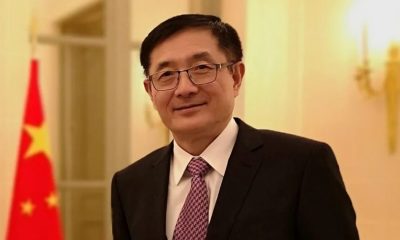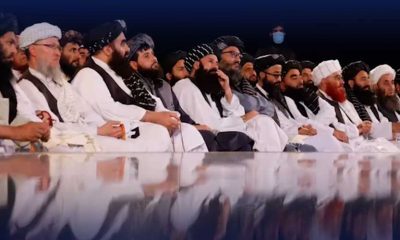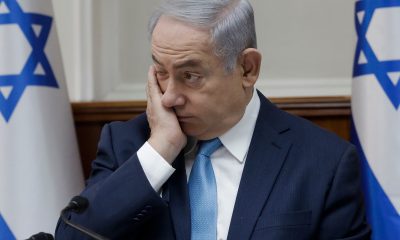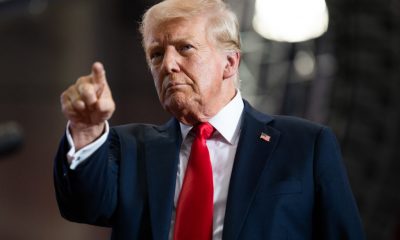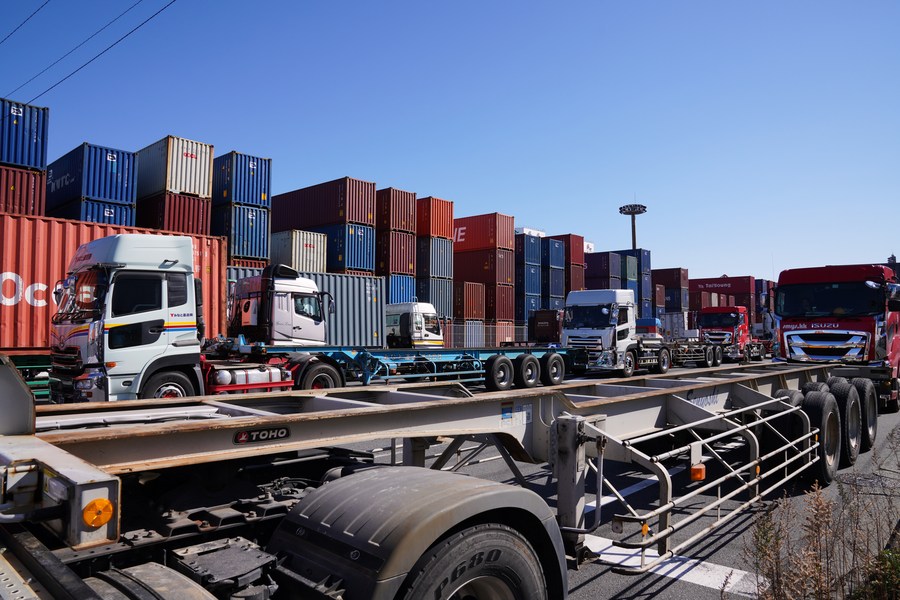Islamic State of Khorasan IS-K, also known as the Daesh terrorist group has added a large number of foreign fighters to its organization in addition to local fighters. Pakistanis, who are always considered as the main options for leadership of IS, after two periods of leadership of this branch, now they have a significant role in the Council of Lajneh. This council has the decision-making authority of IS and evaluates and finalizes the decisions of the leader of this branch.
Also, despite a number of Pakistani IS commanders being killed in Afghanistan by the Taliban, some Pakistanis are still acting governors of some provinces, including Kunar and Laghman.
At the same time, the Uzbek fighters of Jundullah have also recently joined the IS. The findings show that the Uzbek members of the Jundallah group pledged loyalty to the IS after the assassination of their leader by the Taliban. It has been said that two thousand fighters of Jundallah have joined the IS.
Meanwhile, the IS has increased its efforts to recruit more Pakistani and Uzbek fighters. The leadership of this branch of IS-K is still trying to include Uzbek fighters who are disaffected with the Taliban.
It should be mentioned that based on the presence of these fighters, the activity of IS has spread to Central Asia states and there was some rocket incident as well.
The IS group launched its branch activity in Afghanistan and the region under the name “IS-K” for the first time in 2015. The geography that IS considered for its caliphate included parts of Afghanistan, Iran and also Pakistan.
IS-K intensified its activates in Afghanistan
Currently, the activity of this group has increased and has expanded its attacks to Central Asia. The latest report of the United Nations shows that the Khorasan branch of IS currently has between four and six thousand fighters in Afghanistan.
Recently, it has been reported that due to the geography of IS-K, most of its members have Afghan citizenship and are also present in the key positions of this group.
Definitely, the key part of IS-K is made up of foreign jihadists; People who pledged allegiance to IS due to dissatisfaction with other jihadist groups, including the Afghan and Pakistani Taliban.
Some of the members of al-Qaeda are also related to IS, but the question is, which groups of fighters are currently members of IS-K and what role do they play in expanding the scope of this group’s activities?
Pakistanis and the founding of IS-K till Council of Lajneh
Despite the presence of a number of Afghan fighters in the composition of IS-K, this branch was founded for the first time by the disgruntled Pakistani Taliban in Afghanistan.
Hafiz Saeed Orakzai, the former commander of the Pakistani Taliban, left the TTP in October 2014 due to disappointment with the Afghan and Pakistani Taliban and pledged allegiance to IS-K.
Orakzai worked as the leader of the Khorasan branch of IS for about one and a half years and was finally killed by US forces in August 2016.
After one year of the leadership of this group by Abdul Haseeb Logari, the leadership of IS-K again went to Pakistani fighters. At that time, Abdullah Orakzai, known as Aslam Farooqi, was in charge of the leadership of the group from April 2017 until he was finally arrested and imprisoned by the then Afghan security forces in 2020.
Since then, some resentful Pakistani Taliban fighters have been members of IS-K branch and as commanders, they have played a key role in the current IS insurgency.
Kunar is next target for IS
Even some of the “emirs” of the IS-K branch in Afghanistan are Pakistani fighters. Among these, Qari Fateh was working as the so-called “emir” of IS-K in Kunar province.
In February of this year, the Taliban announced by publishing pictures that they killed Qari Fateh in Kabul.
Taliban spokesman Zabihullah Mujahid said at that time that Fateh was the head of intelligence and operations of IS-K in Afghanistan. The Taliban even named him as a responsible man for attacking mosques and diplomatic places.
The Taliban had once again announced in early June of this year that they killed another commander of the Daesh identified as Tarab Bajauri in Laghman province. This Pakistani commander was active as the “emir” of the Khorasan branch of the IS group in Laghman province. It has said that Bajauri joined IS along with Hafiz Saeed Orakzai.
Bajauri was known for his long history in military affairs and was among those top IS-K members that significantly spread the influence of the group in Kunar province. The Taliban called him an important member of the Khorasan IS branch in Afghanistan. Such positions of the Taliban show that Pakistani fighters are one of the main pillars of IS-K and are actively present in Afghanistan under the control of the Taliban.
IS key members arrested and killed
Currently, Asadullah Orakzai is another prominent Pakistani commander of IS-K branch. He works as the leader of Daesh in Laghman and is also a member of the Council of Lajneh. According to the reports, Orakzai is in charge of this IS-K leadership council and its members decide on the activities of this group in “Khorasan region”.
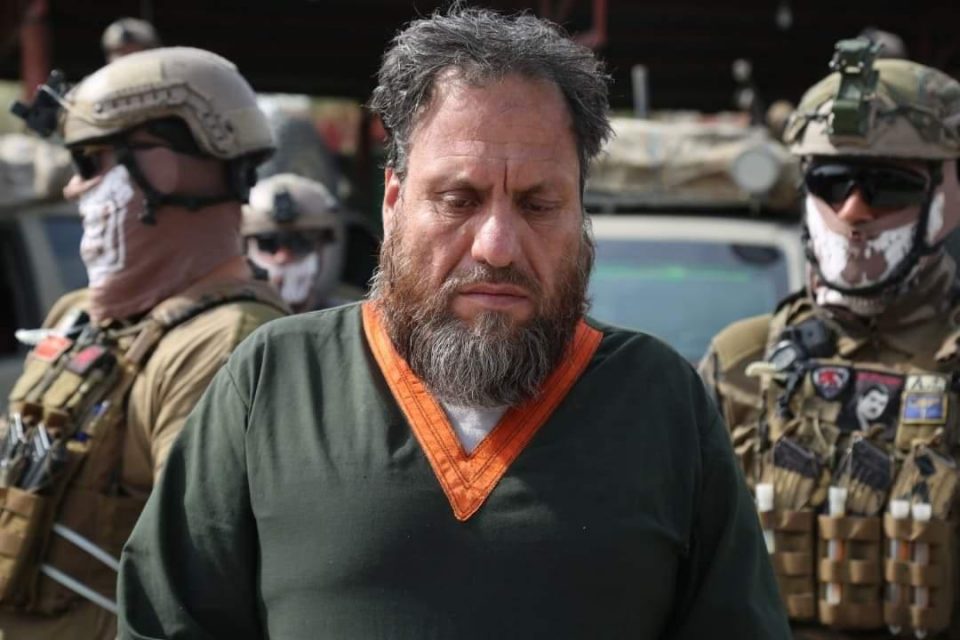
Orakzai, alias Aslam Farooqi, the leader of Daesh’s so-called Khorasan Province affiliate, arrested in Afghanistan
Qari Fateh was also a key member of this council where he had a key say on the future activities of the branch in Afghanistan.
Also, Saifullah Orakzai, as one of the prominent commanders of the IS-K branch, is a member of Lajneh council.
In this way, the findings show that Pakistani fighters are active members of the IS-K branch, who are present in Afghanistan, and at least in addition to the experience of leading this branch twice, they are active as governors in the provinces and also as military and intelligence commanders.
At the same time, IS-K is trying its best to increase the number of its Pakistani fighters. This branch of IS has made the issue of the allegiance of Pakistani fighters a part of its future plan.
In this process, people who are dissatisfied with the conditions of working with the Pakistani Taliban are attracted to IS in order to expand the activities of this group in eastern Afghanistan and parts of Pakistan.
It should be mentioned that most of the Pakistani members of the Khorasan branch of IS have been attracted to this group due to dissatisfaction with their previous groups, and due to the high level of dissatisfaction, the number of Pakistani IS fighters is likely to increase.
Jundullah group joined Daesh with thousands of fighters
The findings show that the Uzbek members of the Jundallah group have also joined IS-K in the north of the country. According to the information, except for a small part of this group, most of its Uzbek commanders and fighters have joined IS in Khorasan.
IS has incorporated a branch of the Jundullah group, which consists of Uzbek fighters in northern Afghanistan. In this way, Mullah Saad, a citizen of Uzbekistan, has started working as the leader of this group in IS-K and Osama Ghazi from Uzbekistan as his deputy.
In addition to these two leaders of the Jundullah group, about two thousand fighters of this group and thousands of their supporters in the provinces of Takhar, Kunduz, Badakhshan and Faryab have also become part of IS-K.
This fundamental development took place after the Uzbek members of the Jundullah group became distrustful of the Taliban’s intentions. According to the findings, Uzbek fighters played a major role in the fall of the North to the hands of the Taliban, but after the return of the Taliban into the power, the leadership and members of Jundullah faced their indifference.
Besides this, Taliban people even assassinated some of its leaders to control this group. The information shows that Usman Ghazi, one of the Uzbek immigrants who entered Afghanistan with five thousand Uzbek citizens during the rule of Burhanuddin Rabbani almost four decades ago, later became a member of Jundallah based on Abdul Malik Rigi’s request.
At that time, Rigi was one of the leaders of Jundullah, who was active in Iran, and was executed after being arrested by the security forces of Iran.
But after the fall of the first government of the Taliban in 2001, Ghazi went to Pakistan to manage his group’s guerrilla attacks against the previous government along with the Afghan Taliban. According to the order of Mullah Omar, the founder of the Taliban, he returned to Zabul with hundreds of members of this group, and in 2016, he decided to unofficially pledge allegiance to IS in consultation with some Taliban leaders.
Jundallah joins IS to revenge against the Taliban
Apparently, this scenario was part of making a case for his removal, because Usman Ghazi was ambushed by Taliban commanders in the following weeks and was killed along with his wife and several children on the road to Zabul.
According to the findings, this action caused Osama Ghazi, his son, to go to Kandahar and Badakhshan with 150 other Jundallah members from Zabul, where his father was present, and then leave there. But he was waiting to take revenge from the Taliban until he joined IS with all the members of his group after the Taliban regained control.
Meanwhile, Daesh has used the members of Jundallah to expand its activities to Central Asia. For example, a member of this group, who was active in Faryab under the command of Salahuddin Ayubi, launched a rocket attack on Uzbekistan.
On the other hand, IS in Khorasan has increased its efforts to get allegiance from Salahuddin Ayubi, the commander of Uzbek origin and disaffected Taliban. He has a close relationship with the fighters from the north and seems to be able to connect IS with some other armed groups in Tajikistan and other parts of the northern part of the country.
Also, according to its plans to expand its activities to Central Asia, IS is seeking more contact with Uzbek fighters. This effort somehow highlights the connection of this group with some commanders and fighters of the Islamic Movement of Uzbekistan.
This is despite the fact that Daesh has previously assigned a team responsible to monitor Tajikistan and get support from there. It should be remembered that this group, in addition to Khorasan, also pays serious attention to the Indian subcontinent.
IS has a wider plan not only in Afghanistan and Pakistan
According to the reports, the IS leadership has ordered its members in the Indian subcontinent to intensify their activities in India and Pakistan in mid-2022. Abul Hasan al-Hashemi Qureshi, the then leader of IS in Iraq, asked Sheikh Zubair Ahmad, the governor of IS in India, for positive changes in that geography.
Following the same order, Sheikh Zubair Ahmed had decided to accelerate its propaganda staff and used Telegram as a social tool to spread its propaganda activities.
IS declared a caliphate in 2014, and Abu Bakr al-Baghdadi was considered the first leader of the group. It should be mentioned that this group has extensive activities in Afghanistan in addition to Iraq and some other Arabic countries.
These terrorist activities have been deepened after the return of the Taliban to power and have included attacks on diplomatic places and rocket attacks on Central Asian countries.
Considering the recent changes of IS and the joining of foreign fighters in the rank of Khorasan, it seems that this group has plans to exert more influence in Khorasan Province. Previously, the information showed that IS-K is also seeking to capture Kunar province, a case that has been delayed after the evaluation of the Council of Lajneh.
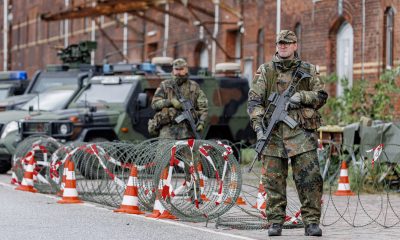
 EUROPE3 days ago
EUROPE3 days ago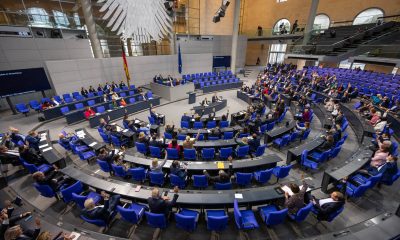
 EUROPE2 weeks ago
EUROPE2 weeks ago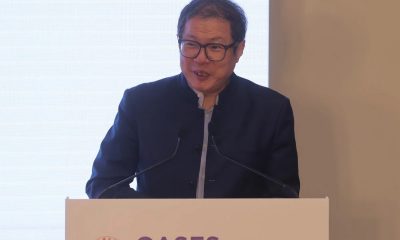
 ASIA2 weeks ago
ASIA2 weeks ago
 AMERICA2 weeks ago
AMERICA2 weeks ago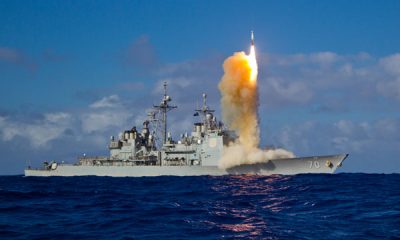
 ASIA2 weeks ago
ASIA2 weeks ago
 RUSSIA2 weeks ago
RUSSIA2 weeks ago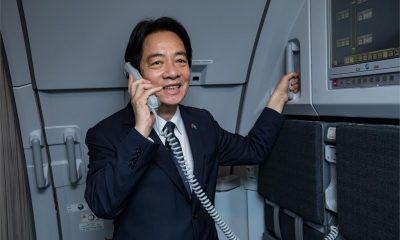
 ASIA2 weeks ago
ASIA2 weeks ago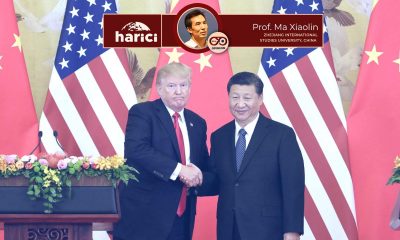
 OPINION2 weeks ago
OPINION2 weeks ago



